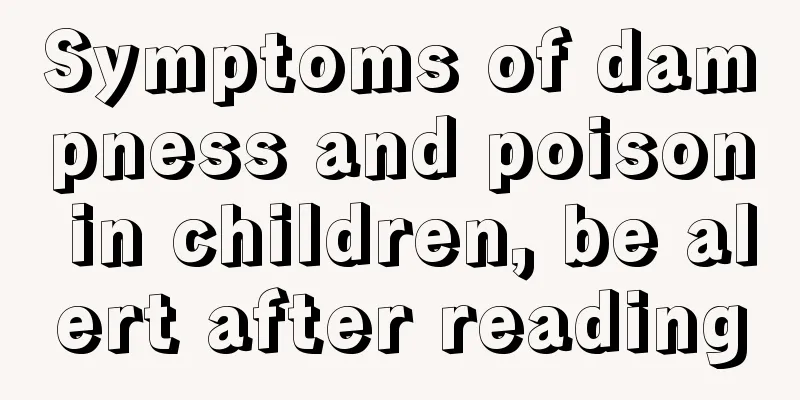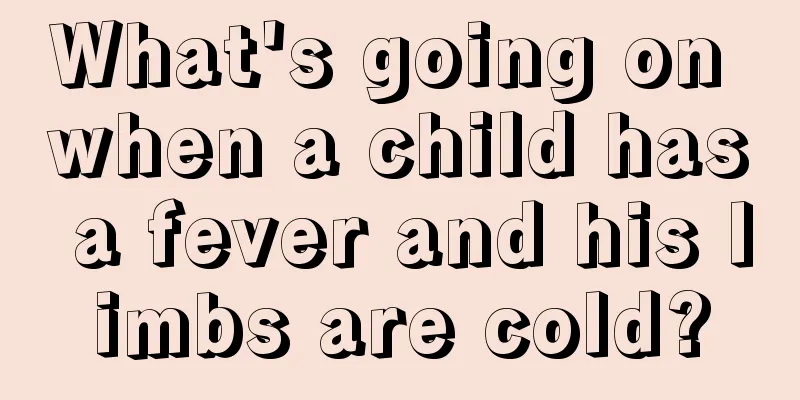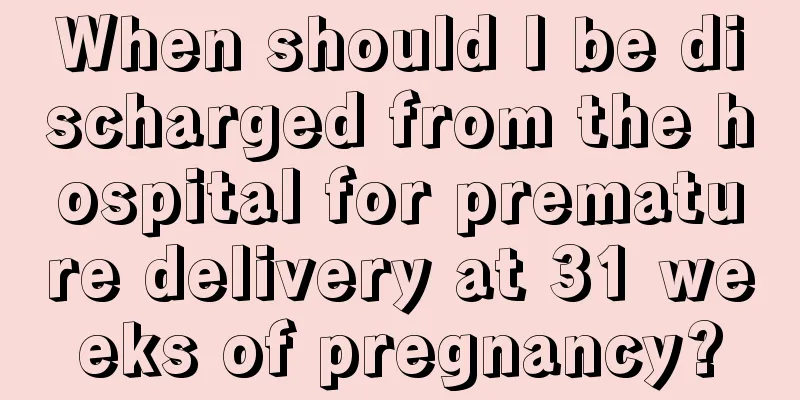How to recover from neonatal hypoglycemia

|
Newborns always have some abnormal conditions when they are just born. The most common one is hypoglycemia. However, since the symptoms of the newborn's condition are not so obvious, it is impossible to discover the specific condition of your baby in the first time, which may delay treatment. Therefore, take your baby to the hospital for physical examinations regularly, so that early detection and early treatment can be achieved. The relevant causes of hypoglycemia should be found in time so that the right medicine can be prescribed. treat Treatment includes two aspects : one is to relieve the symptoms of hypoglycemia, and the other is to correct the various potential causes that lead to hypoglycemia. For mild to moderate hypoglycemia, oral sugar water, sugary drinks, or eating candy, biscuits, bread, steamed buns, etc. can relieve the symptoms. For drug-induced hypoglycemia, the relevant drugs should be discontinued promptly. For severe cases and patients suspected of hypoglycemia coma, capillary blood glucose should be measured in time, or even without blood glucose results, 40-60 ml of 50% glucose should be injected intravenously in time, followed by intravenous drip of 5%-10% glucose solution. Do not feed unconscious persons to avoid respiratory suffocation. Since the threshold of hypoglycemia that causes brain damage cannot be determined, people with hypoglycemia should be treated promptly regardless of whether they have symptoms or not. 1. Patients with asymptomatic hypoglycemia and able to eat You can eat first and monitor blood sugar closely. If hypoglycemia cannot be corrected, glucose can be infused intravenously. 2. Symptomatic hypoglycemia Glucose is given intravenously and blood glucose is monitored closely. For patients with persistent hypoglycemia lasting for a long time, hydrocortisone or oral prednisone can be added. Gradually reduce the dosage after blood sugar returns to normal. Extremely low birth weight premature infants have poor glucose tolerance, and attention should be paid to the infusion rate when infusing glucose. 3. Persistent hypoglycemia Increase the glucose infusion rate. Glucagon may also be given intravenously. Diazoxide can be used for hyperinsulinemia, subtotal pancreatectomy is required for insulinocytosis, and children with congenital metabolic defects are given special dietary therapy. Most people with hypoglycemia lack typical clinical symptoms, and the clinical manifestations of children with hypoglycemia vary depending on the degree of hypoglycemia. The clinical manifestations of the same hypoglycemia level vary greatly. In a minority of cases, symptoms may manifest clinically as poor response, sweating, pallor, chronic cyanosis, feeding difficulty, drowsiness, apnea, cyanosis, abnormal crying, tremors, shaking, and even convulsions. |
<<: What to do if a newborn has transparent blisters
>>: What are the symptoms of abdominal bloating in newborns?
Recommend
Specific manifestations of tics
Childhood tics are now a relatively common diseas...
What is the reason for children's yellow urine
Many people may ignore the color of their urine a...
Treatment of cough and fever in children
What should we do if a young child has a cough an...
What are the benefits of moxa fumigation for children?
As children grow and develop, their body function...
Do you know at what age children start to have big teeth?
It is a normal phenomenon for children to change ...
What food is good for hand, foot and mouth disease? Experts recommend it to you!
Most cases of hand, foot and mouth disease occur ...
Newborn baby farts loudly
Farting is a very common symptom in daily life. I...
Why does my baby who is over one month old sleep unsteadily?
Babies are the apple of their parents’ eyes. If a...
What is the cause of the hard lump on the boy's chest?
During the development of boys, parents should pa...
How do adolescent children grow taller?
Many adolescent children fail to reach the height...
What to do if a 10-year-old girl loses her hair
In fact, it is quite normal for a ten-year-old gi...
Newborn baby has a dent on the back of his buttocks
There is a depression behind the buttocks of a ne...
Can sinusitis in children be cured?
The treatment of sinusitis in children must never...
Baby has fever and swollen lymph nodes
Most parents will pay special attention when thei...
Analysis of the reasons why three-month-old babies always stick out their tongues
Your own baby is a piece of flesh and blood in th...









